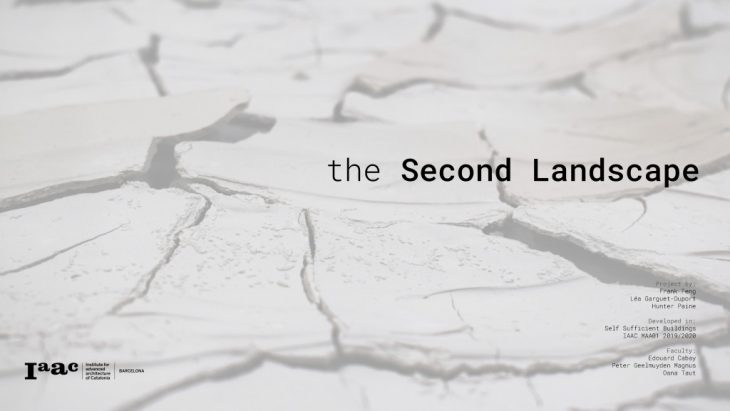
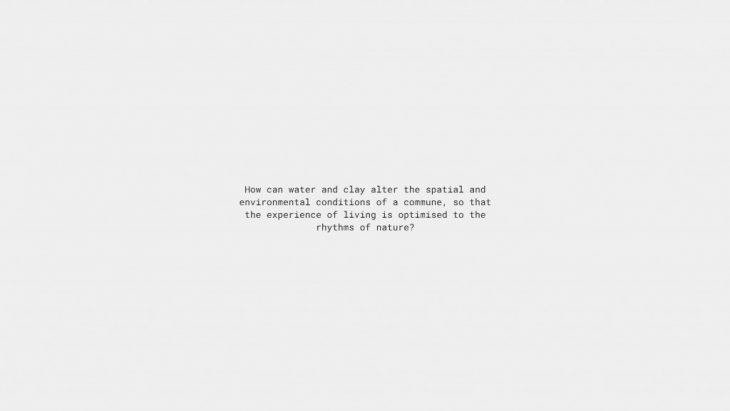
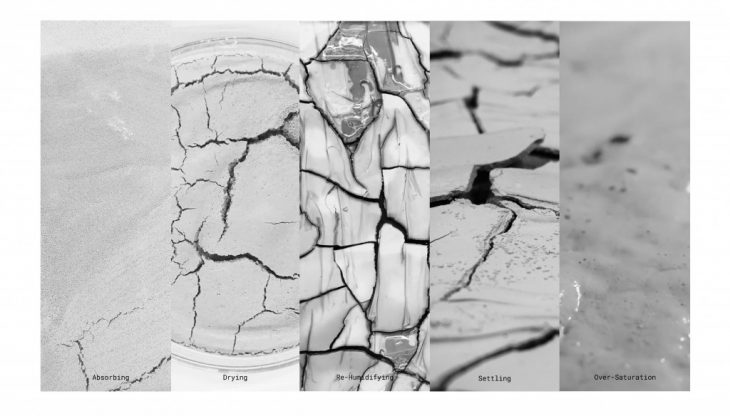
The medium of clay is essential to our proposal due to its direct responsiveness to humidifying and aridifying energies.
Furthermore, clay can go through many state cycles without permanent deformation or changing of its behavior.
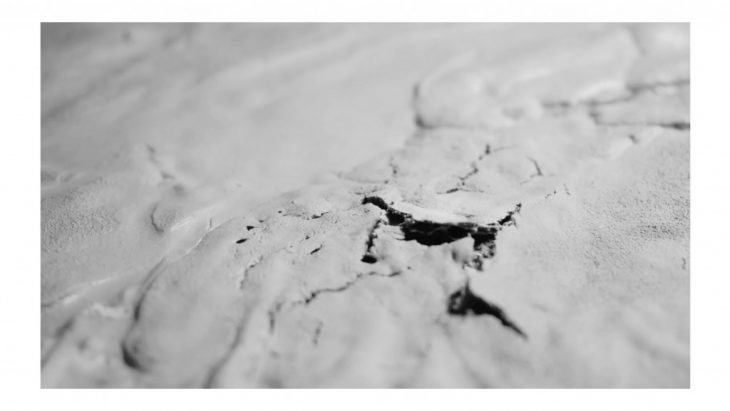
Cracking reveals the points of greatest energy change in the material.
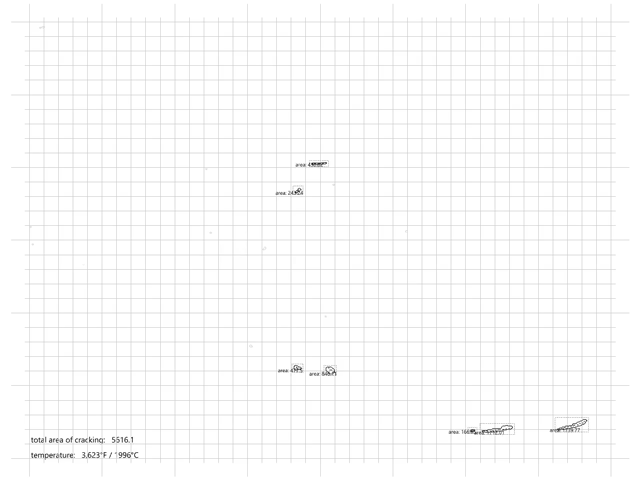
Analyzing the patterns and propagation of cracking gives us an understanding of the rate at which the material is releasing humidity over time, in relation to the amount of heat.
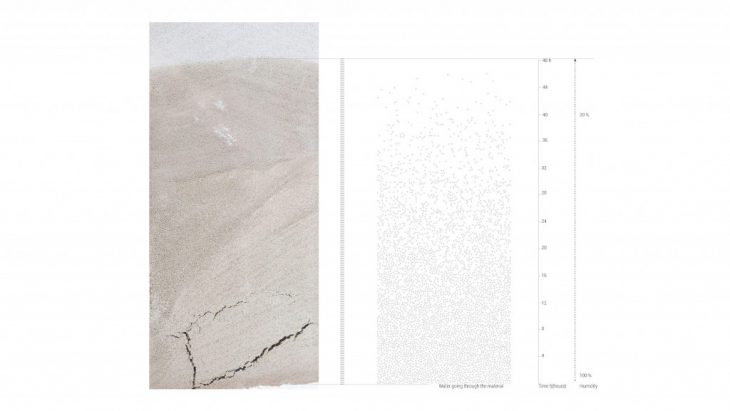
However, this only reveals what is happening near the surface of a section of clay and only occurs when clay is at its most arid state.
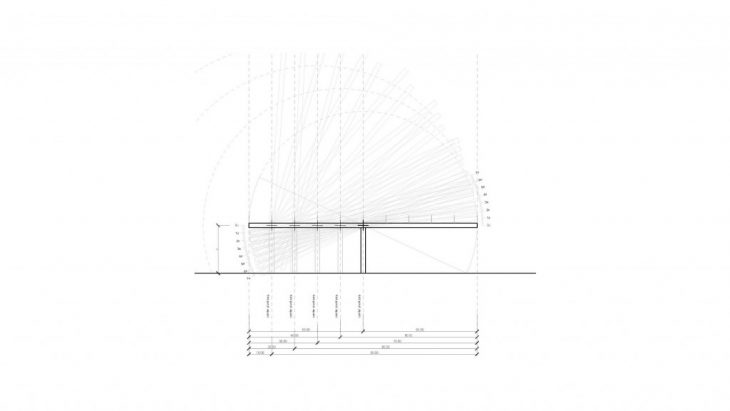
A pivot operates like a visual scale for understanding weight changes.
Like clay, it reacts to changes in equilibrium.
Although the absolute change might be very small, the geometry of the pivot amplifies it visually.
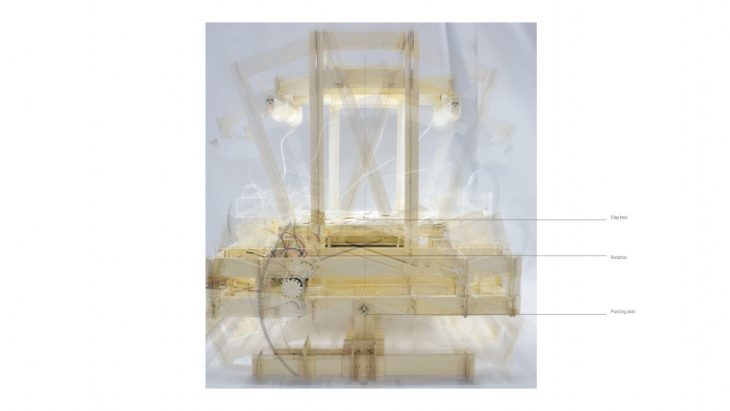
The bascule is a pivoting machine that investigates the property changes of clay over many cycles.
It mimics natural energies of heat, humidity, and wind.
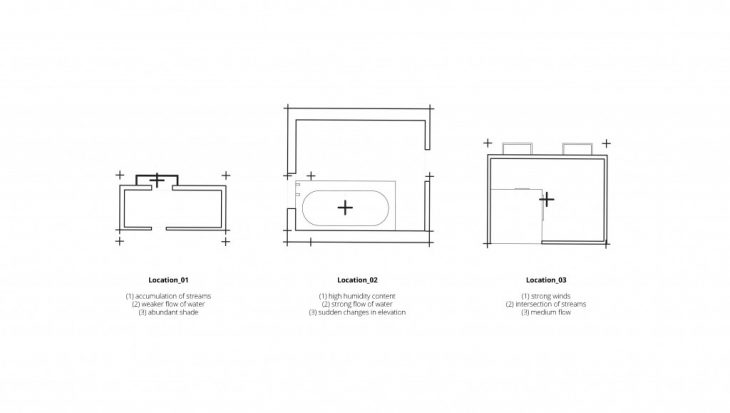
Placing the pivoting machine in a variety of small-scale environments with different characteristics, we can then extrapolate information on a larger scale.
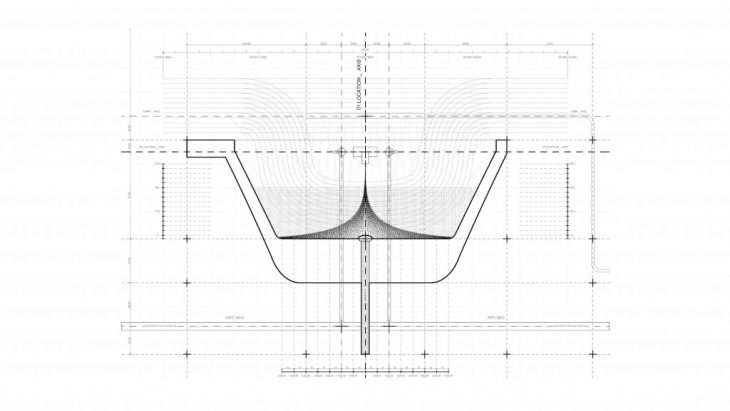
Even a simple residential environment has complex conditions of humidity, sun exposure, air flow, and water debit.
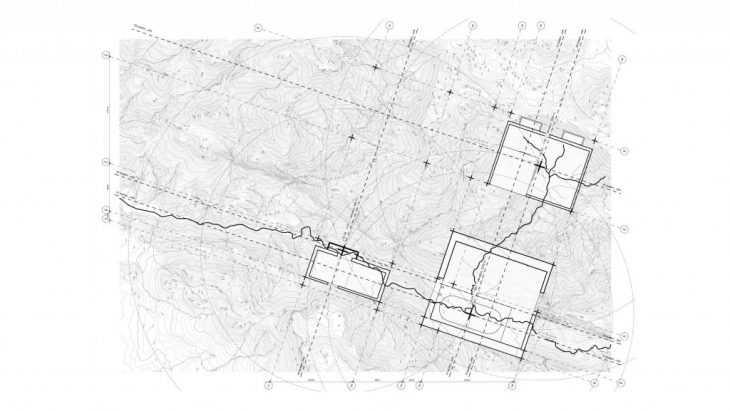
Parallels can then be drawn between the local environments of our experiments to specific natural environments.
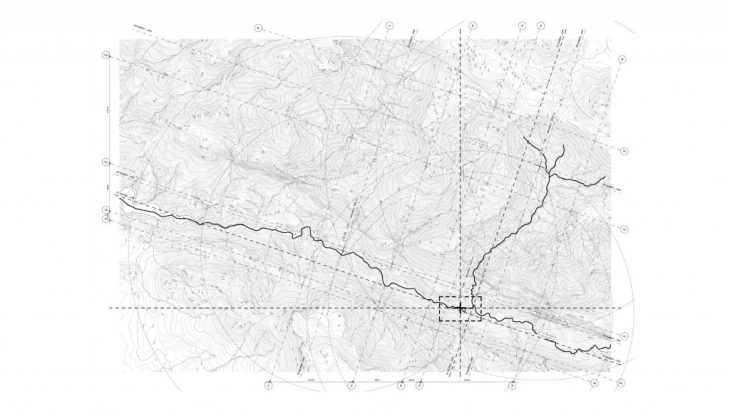
This area of the landscape provides the greatest potential energy for our system due to its position after a confluence of water streams.
This point in the landscape is the moment of highest water debit: there is large water volume, and a narrow passage.
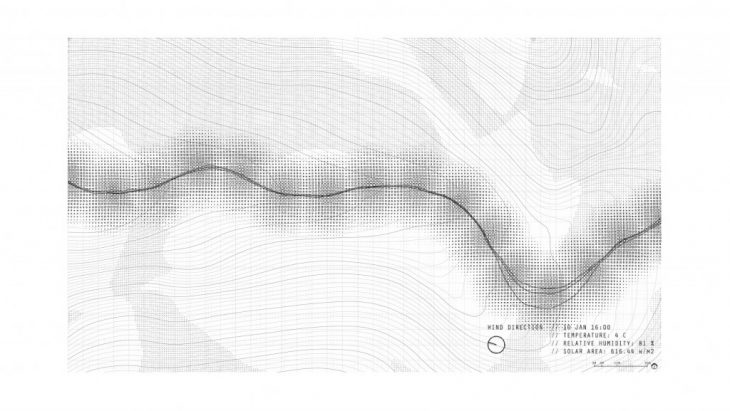
Apart from the water debit of the river, several factors affect the environmental conditions of the site: the amount of sun exposure, the ambient temperature, and the wind conditions.
So how can our intervention harness the power of the river, and also be reactive to these variable conditions?
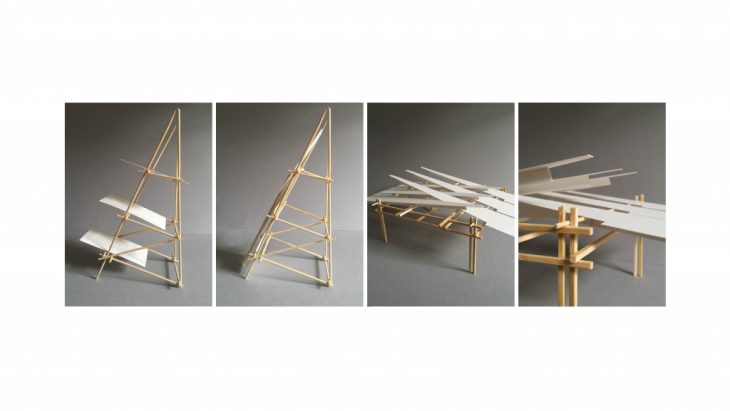
Different configurations of pivots can create a continuity of water flow and occupiable surface, as well as complex light conditions.
The more vertical arrangements tend to quickly waste potential water energy.
The ones that are more horizontal, offer a more subtle use of potential water energy, and a larger area of shelter below.
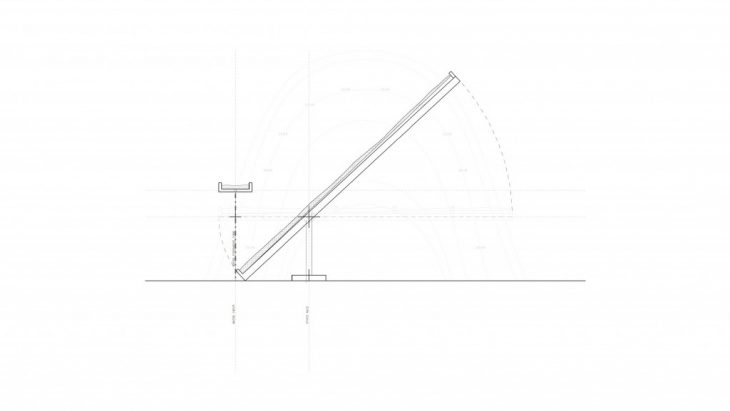
The mechanism that makes the pivots work, is a water source which feeds into the clay bed. The clay gains weight until it topples the balance.
The water source does not humidify the clay bed again until it has returned to its original flat position.
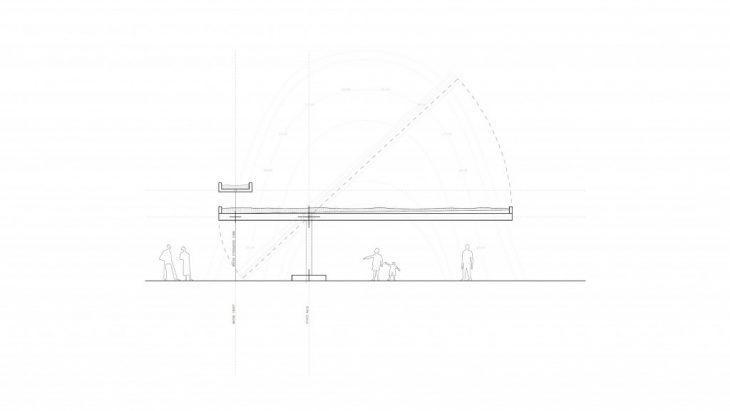
The system is scale-able. Increasing the mass of the clay and the water input proportionally, results in the ability to move larger elements and to start inhabiting a dynamic space.
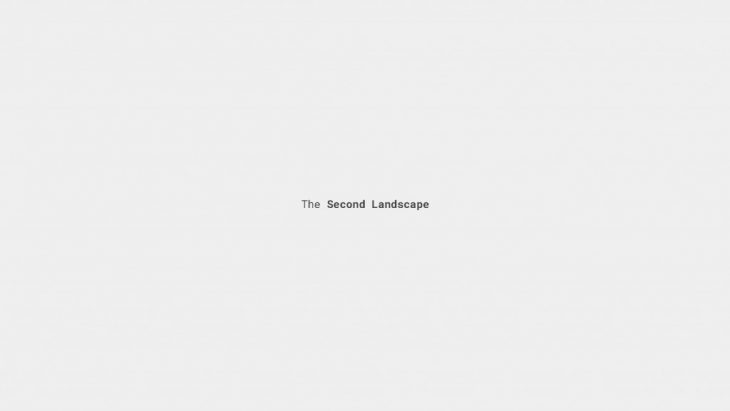
Combining our understanding of the site and the mechanism, the second landscape emerges.
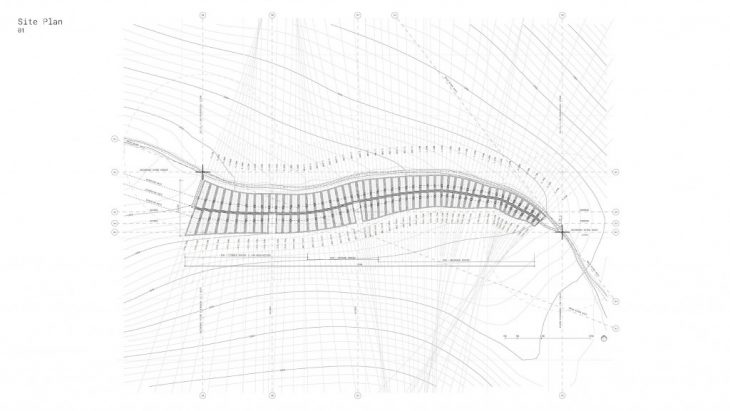
Residents live in a space below a diverted river.
This diversion brings water through a carefully balanced series of clay pivots.
Like the natural landscape, they form a continuous surface.
This creates the opportunity for flexible program and use, above and below.
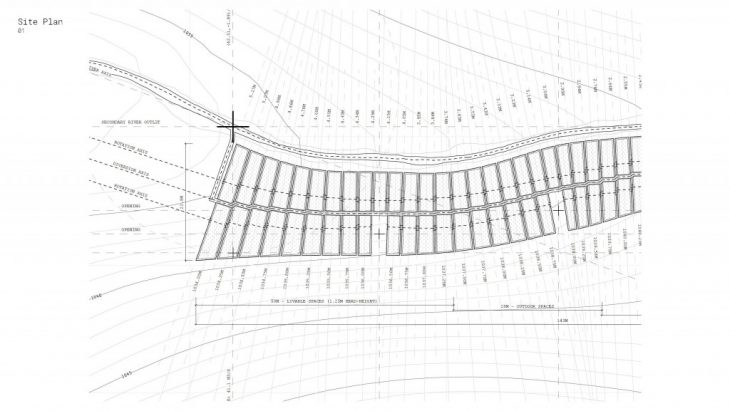
Thanks to the seamless connection between pivots, users can circulate through the landscape freely.
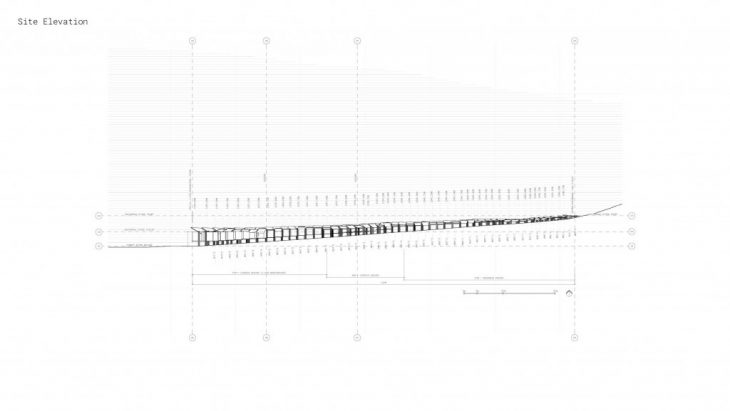
The pivots are stepped in order to maintain water flow, but they soften the gradient of the river in order to create occupiable space below after a certain number of units.
Whereas the 1st pivot is exactly level with the river, the 10th is 1.2m higher, and the last one is 5.2m above it.
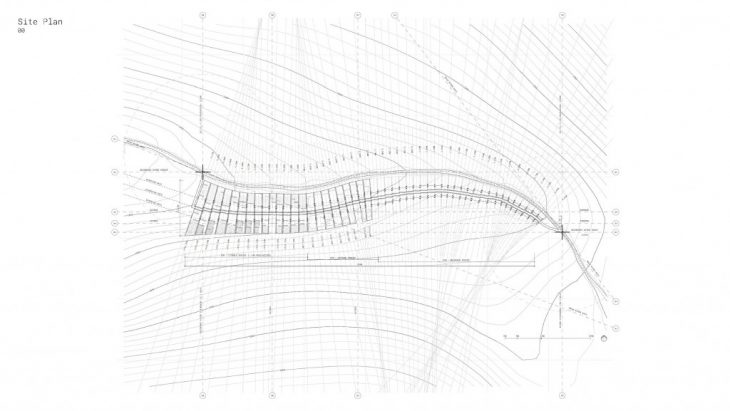
Circulation below the pivot landscape is defined by the axis of the diverted river.
Partial walls then form the limits of interior spaces.
Programs that tend to be more private, are enclosed and follow the grid of pivots above.
Social programs, like eating and living areas, occupy looser boundaries over multiple pivots.
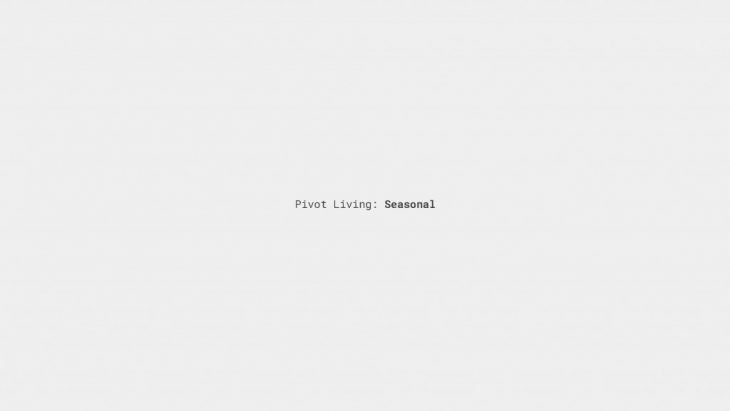
How will these pivots, and the way of life below, be affected on the time scale of seasons?
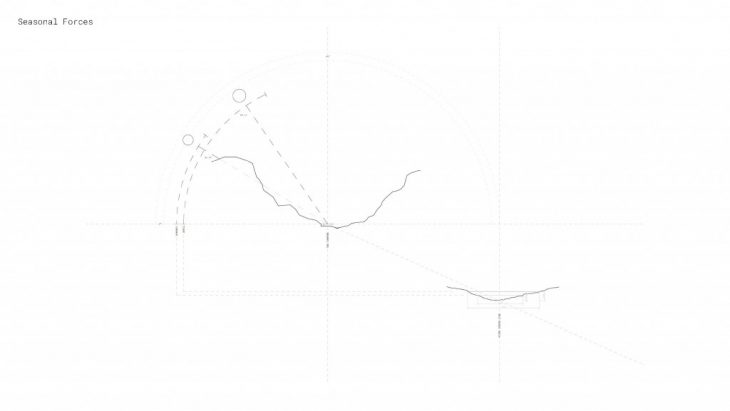
The main forces which create seasonal variation are changing sun patterns, which affect the amount of light that reaches the bottom of our site’s valley.
And river flow level, which changes how much water is diverted, and hence how quickly the pivots gain weight.
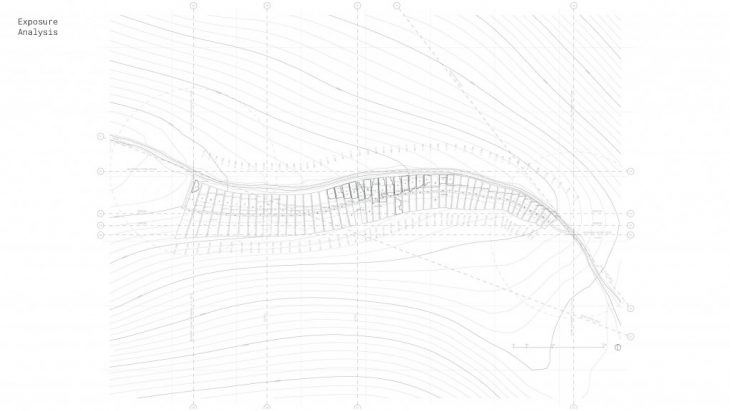
In relation to the landscape, the sun exposure changes the movements of the pivots per month.
Over the course of the year, the patterns and area size of sun exposure vary.
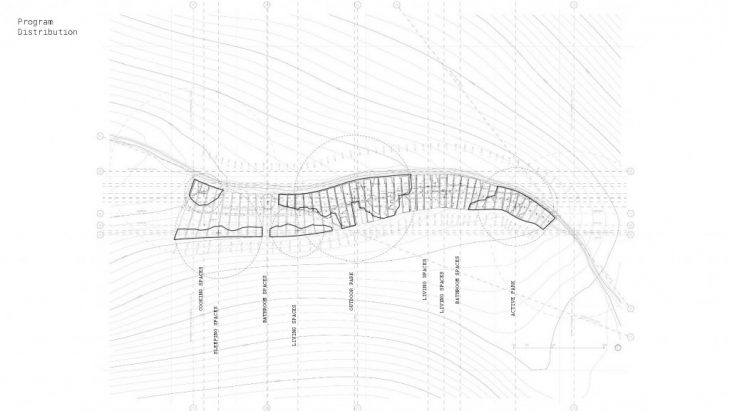
In May, there are areas with more sun exposure, resulting in faster moving pivots.
This pattern leads to a larger park area on the right, and more clusters of the same program.
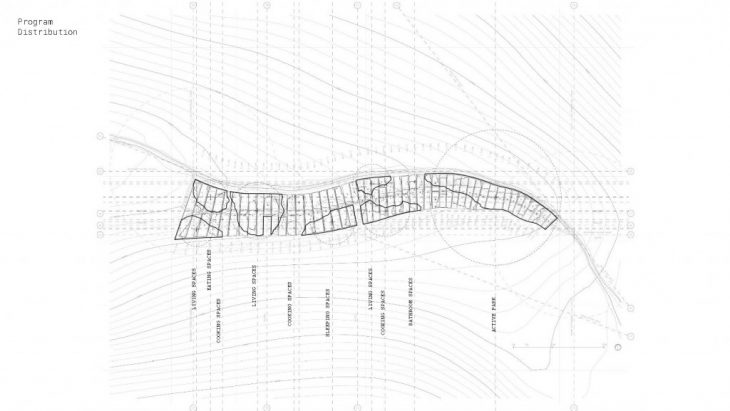
In December, there are fewer high sun exposure areas. This means slower moving pivots, less dynamic light and less ventilation.
This pattern of exposure leads to fewer large clusters: more dispersed programs.
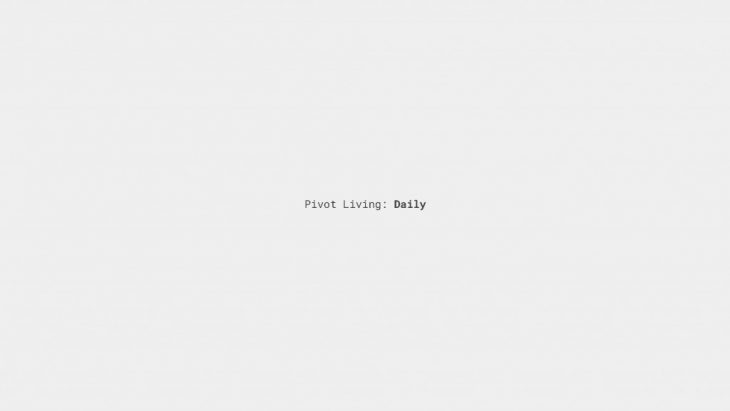
How will these pivots, and the way of life below, be affected on the time scale of a day?
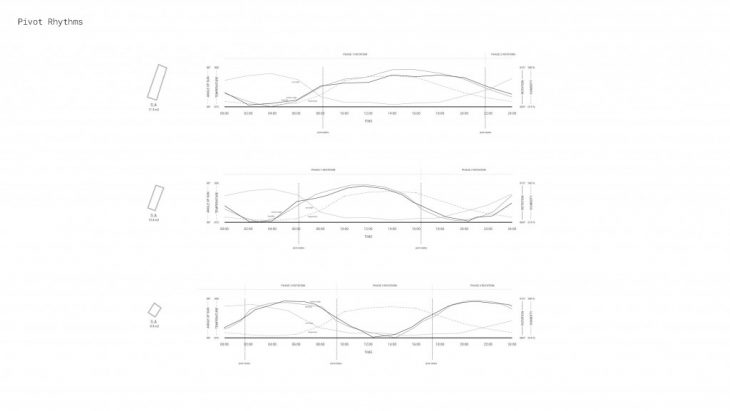
Ambient temperature, air humidity, and wind flow affects each pivot almost evenly over the course of 24 hours.
However the sun patterns and the variations in surface area of each clay bed are unique to each pivot.
This primarily defines the rate at which they react.
These unique rates of reaction result in the constantly shifting landscape of pivots.
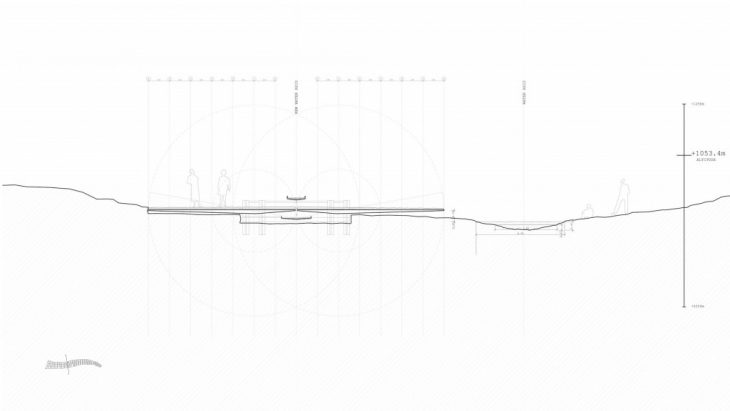
Near the point of diversion, the pivots are very low to the ground.
They act as access to the commune for both people and water.
Here the boundary between the natural and the artificial landscape is blurred: allowing users to roam around the site and interact with the river.
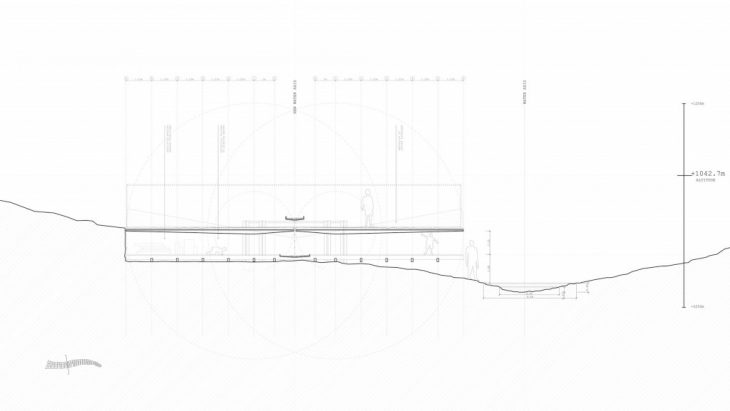
Further along the series of pivots, the space between the second landscape and the existing topography increases.
A range of flexible space below the pivots develops as you move along the river.
These areas are used according to the clear height available. For instance, storage spaces, play and meditation areas start emerging.
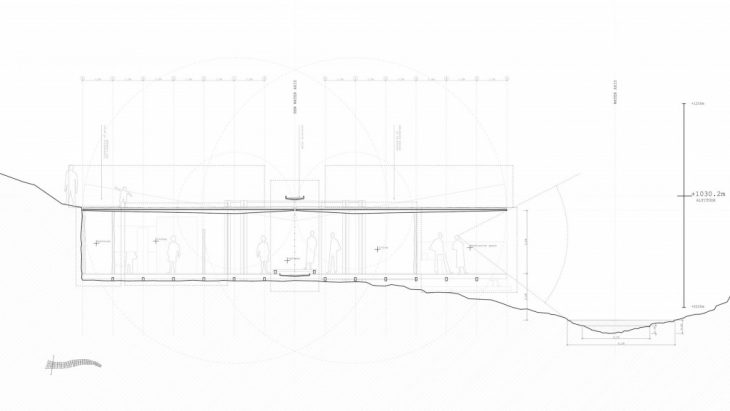
As the clearance height progressively increases, the possibilities of the program emerge.
Enclosed and occupiable spaces such as cooking, sleeping, and living take place.

As pivots rotate over the course of the day, views from the interior and lighting conditions change.
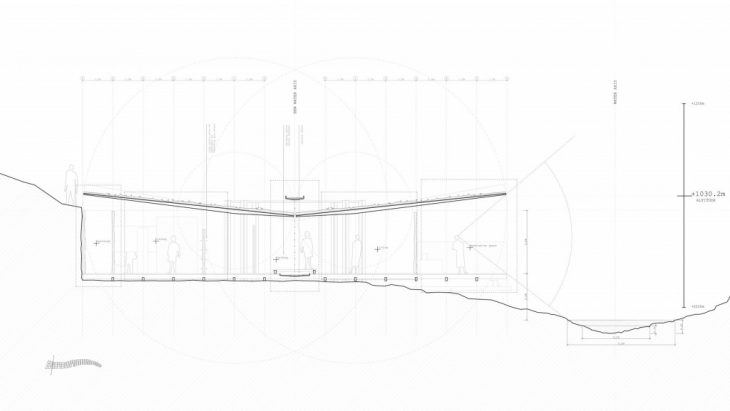
Furthermore, as the clay cracks, air flows into the spaces below.
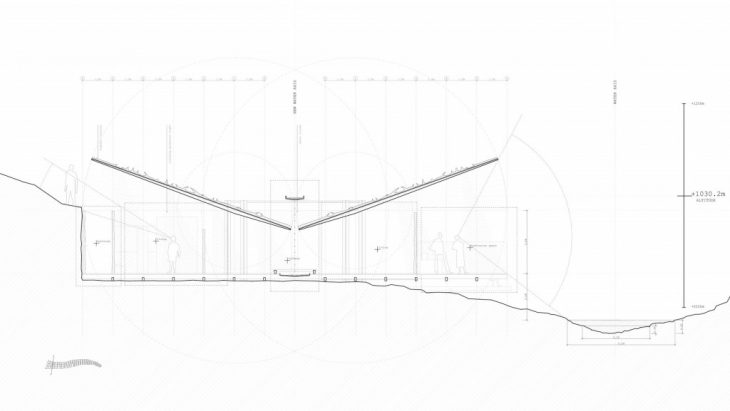
At its peak of rotation the roof landscape enhances the dynamic spaces that are formed.
According to seasonal changes the second landscape’s movement will differ and offer constant changes in the way of living.

In the Second landscape, users will constantly be aware of their surrounding natural forces.
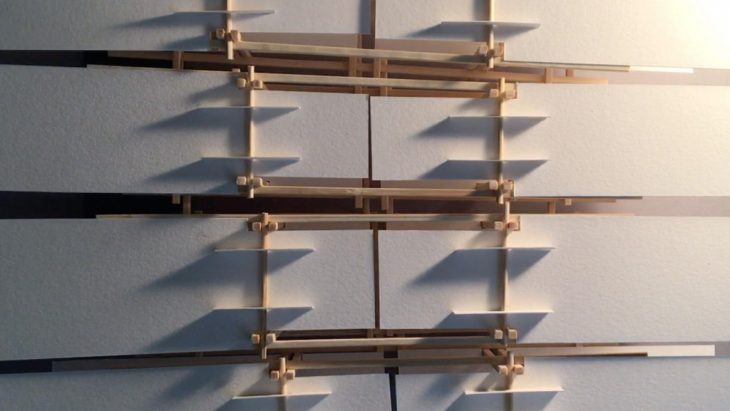
The second landscape shifts in tune with the rhythms of natural forces.
You won’t have to worry about the bedroom being too bright in the summer, or the living room too dark in the winter.

These slower seasonal changes are complemented by more responsive daily changes.
The pivot mechanism allows for constantly adaptive humidity levels and ventilation.
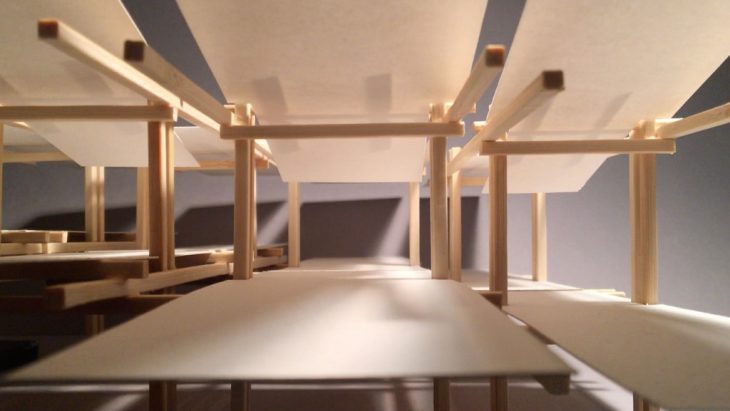
The proposal offers the possibility of constantly living in tune to the rhythms of nature.
The use and experience of space under the pivots is ever changing.
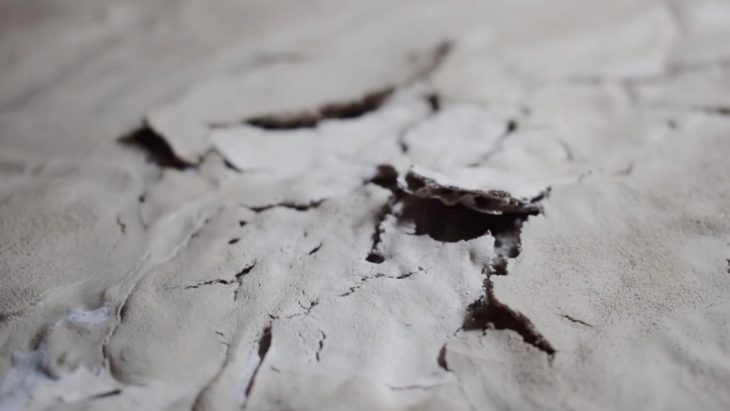
This is the second landscape.
The Second Landscape is a project of IaaC, Institute for Advanced Architecture of Catalonia developed at MAA01 in 2019-20 by:
Students: Hunter Paine, Lea Garguet-Duport, & Frank Shirying Feng
Faculty: Edouard Cabay & Peter Geelmuyden Magnus
Assistant: Oana Taut
